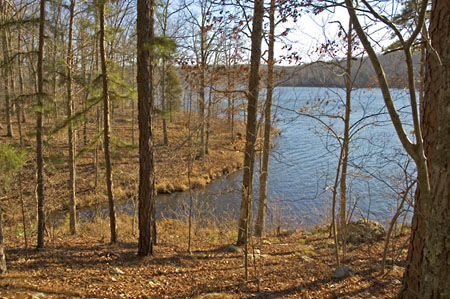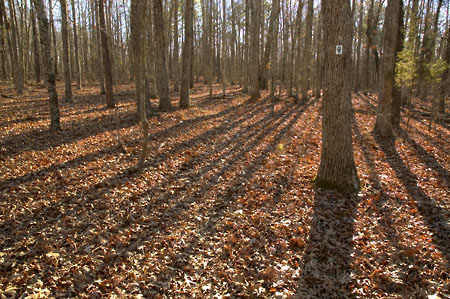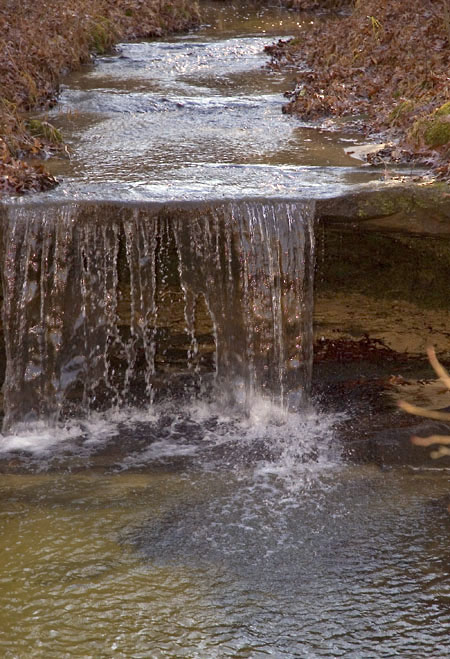We’ve had unseasonably warm weather this week, with temperatures expected to reach 70F today. Warm enough to drive around town on errands with the windows down (and the music up — an unfortunate hold over from my youth). I have an OsCommerce application to finish by year end for a client, so unfortunately haven’t been able to take advantage of the pleasant days to do any hiking. (More on OsCommerce in a later post. Someday.)
Speaking of hiking, I went to REI (a sporting and outdoor recreation store) yesterday to pick up a couple of things as a favor for my roommate. While there I checked out various brands of trekking poles. They are rather nice, especially the ones with the shocks, but I like my wood hiking stick. When I have it in hand, I feel more secure. I may actually have better balance and be more stable with the poles, but they don’t provide the psychological reassurance I get from my stick. Besides, my stick is paid for.
I did pick up a new day pack for hiking that was on sale. It has a long, narrow zippered area in the back, which I can use for my 400 telephoto lens, and a pocket in front of that for whichever of the zoom lenses I’m not using. Two side pockets made of a net-like material will hold containers of water or other liquids. In the main bag area is a compartment for my extra battery and camera memory card, and another for matches, compass, whistle, pain pills, and SPF15 lotion for plant and cold rash. The rest of the bag is more than big enough for my emergency blanket (the super small, lightweight, space kind), camera bag, orange slices and trail mix, topo maps, and duct tape.
I don’t carry a formal medical kit because if a scrape or cut is small enough for bandages, it’s small enough to wait until I get back to the car. If it’s too big to wait for the car, it’s too big for the typical bandages in medical kits. With duct tape, though, if you need to splint, just grab some branches and the tape; if you need to bandage a big gaping wound, use a bit of your clothing against the wound and then wrap it to your body with the tape.
There’s lots of things you can do with duct tape in the great outdoors.
I hesitated to spend the money on the pack, but after getting lost in the woods last week, I realized that I’m hiking in increasingly remote spots and on trails that are rugged and not necessarily well marked; doing so without the gear necessary to survive a night if I were to get lost. Last week it was a simple matter to recover because I was hiking around a lake and could just head in the direction of the sun over the water. However, I didn’t have the lake as point of reference, I could have been in serious trouble as the temperature ended up below zero degrees F that night. If I ended up wondering too far off the trail, I could have been very difficult to find. With the pack, I’m prepared.
No cellphones or computers though — the former because there is no signal where I hike; the latter because, well, get real. I’ve thought about getting one of those small voice recorders, and start podcasting/audio blogging my hikes. Then if I were to disappear, y’all would have a recording of my final trek.





